For turtle owners, few sights are as reassuring as seeing their shelled friend contentedly sprawled under a heat lamp or soaking up natural sunshine. Basking is a fundamental behavior for most turtle species, particularly those commonly kept as pets like Red-Eared Sliders, Painted Turtles, and Map Turtles. This natural behavior serves multiple crucial functions for a turtle’s health and wellbeing. However, like many animal behaviors, excessive basking or unusual patterns might sometimes signal underlying problems. Understanding why turtles bask, what constitutes normal basking behavior, and when to be concerned can help ensure your reptilian companion stays healthy and happy for years to come.
The Biological Importance of Basking

Turtles are ectothermic (cold-blooded) creatures, meaning they cannot regulate their body temperature internally like mammals can. Instead, they rely on external heat sources to warm their bodies to optimal operating temperatures. Basking allows turtles to absorb heat, which is essential for their metabolism, digestion, immune function, and overall energy levels. Without sufficient heat, a turtle’s bodily functions slow down dramatically, potentially leading to serious health complications. The behavior is so ingrained in turtle biology that it predates human existence by millions of years, having evolved as a survival mechanism that allows these reptiles to thrive in various environments. In the wild, turtles instinctively seek out rocks, logs, or other surfaces where they can safely expose themselves to sunlight while remaining near water for quick escape from predators.
How Basking Supports Digestive Health
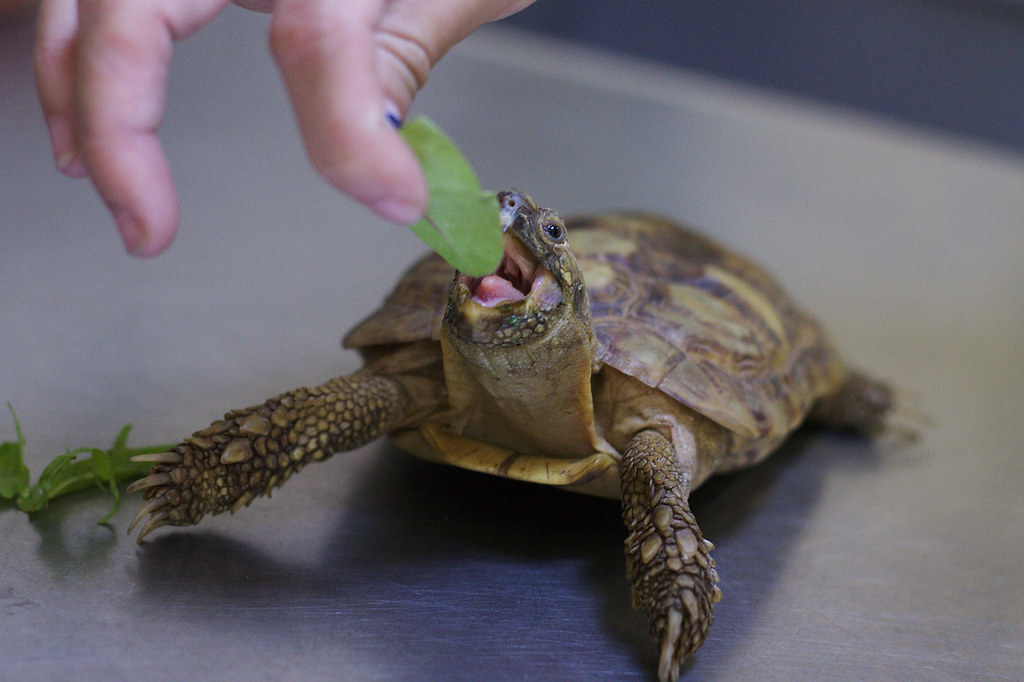
One of the primary reasons turtles bask is to aid their digestive process. The increased body temperature achieved through basking accelerates metabolism, which helps turtles break down and process the food they’ve consumed. Without proper basking, turtles may experience sluggish digestion, leading to constipation, impaction, or even bacterial overgrowth in the digestive tract. This is particularly important after feeding, which is why many turtle owners observe increased basking behavior following meals.
Research has shown that turtles maintained at suboptimal temperatures may leave food undigested in their stomachs for extended periods, potentially causing decomposition and bacterial issues within the digestive system. Proper basking temperatures—typically between 85-95°F (29-35°C) depending on the species—ensure food moves through the digestive tract at the appropriate rate.
UV Exposure and Vitamin D Synthesis
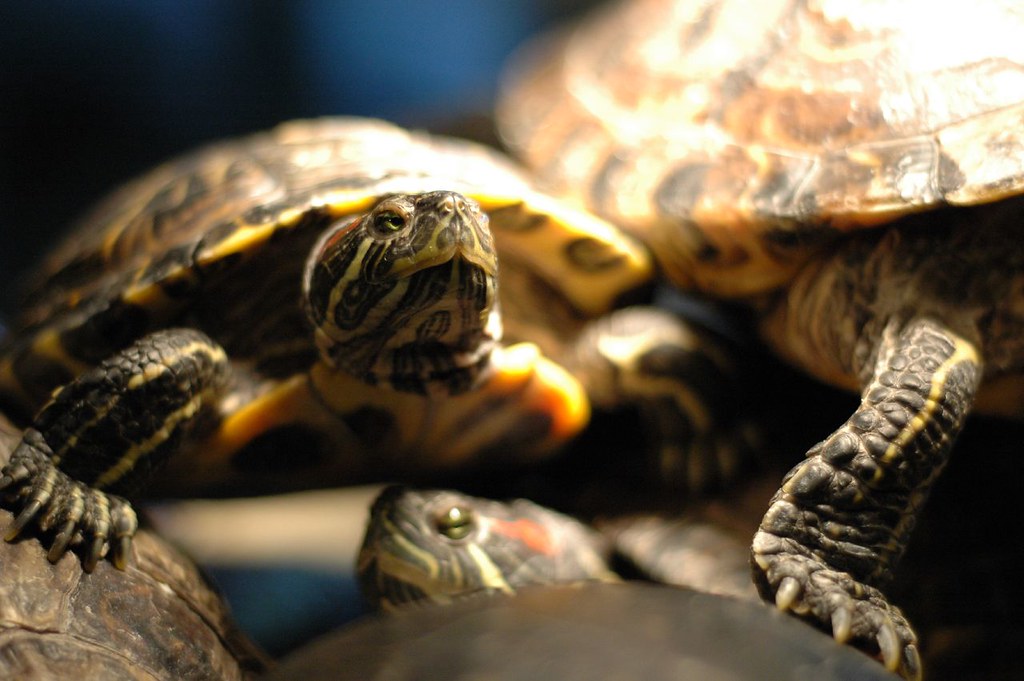
Beyond temperature regulation, basking provides turtles with exposure to ultraviolet (UV) light, which is crucial for vitamin D synthesis. Vitamin D enables calcium absorption, which is essential for shell and bone development and maintenance. Without adequate UV exposure, turtles can develop metabolic bone disease, a serious condition characterized by soft shells, deformed limbs, and potentially fatal complications.
Even with calcium supplements in their diet, turtles cannot properly utilize this mineral without sufficient vitamin D3, which most reptiles can only produce through exposure to UVB radiation. This biological requirement explains why proper lighting in captivity is non-negotiable for turtle health, ideally including both heat lamps and UVB-producing bulbs that mimic natural sunlight. Wild turtles satisfy this need through direct sun exposure, which provides the full spectrum of light necessary for their biological processes.
Drying Off to Fight Shell Infections
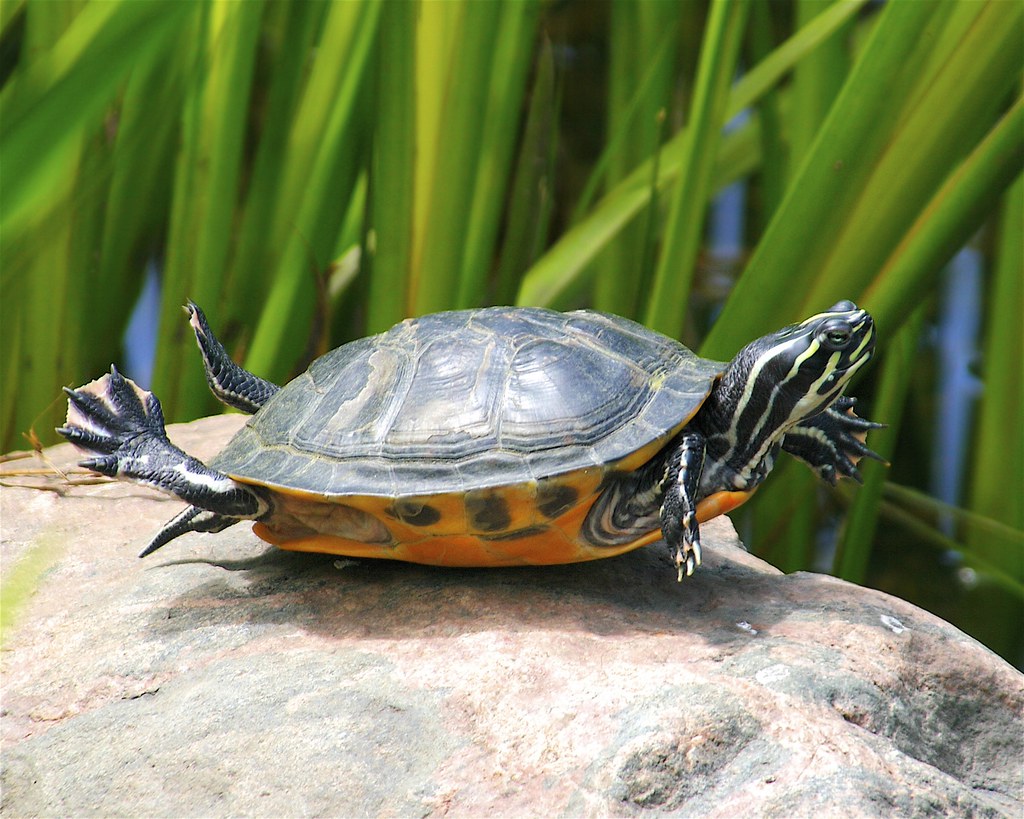
Basking serves as a crucial defense mechanism against shell infections and fungal growth. By completely drying their shells, turtles create an inhospitable environment for bacteria, fungi, and parasites that thrive in moist conditions. This natural defense is particularly important for aquatic and semi-aquatic turtles that spend significant time in water. Conditions like shell rot (bacterial or fungal infections of the shell) often develop when turtles cannot properly dry out between water immersions. The basking period allows their shells to dry thoroughly, preventing the buildup of algae and reducing the risk of bacterial colonization in small cracks or injuries to the shell. In captivity, turtles that don’t have adequate basking opportunities are significantly more prone to developing persistent shell health issues that can be difficult to treat once established.
Normal Basking Patterns Explained

Understanding what constitutes normal basking behavior helps turtle owners distinguish between healthy habits and potential warning signs. Most healthy turtles will bask multiple times throughout the day, with sessions typically lasting from 30 minutes to several hours depending on factors like species, age, and environmental conditions. Young turtles often bask more frequently than adults due to their faster metabolism and greater growth requirements.
Time of day also influences basking patterns, with many turtles preferring morning basking to raise their body temperature after the cooler night hours. Seasonal variations are normal too—turtles may bask more extensively during cooler seasons or less frequently during very hot weather when overheating becomes a concern. A healthy turtle typically alternates between basking and swimming throughout the day, showing an active interest in both activities.
Environmental Factors Affecting Basking Behavior
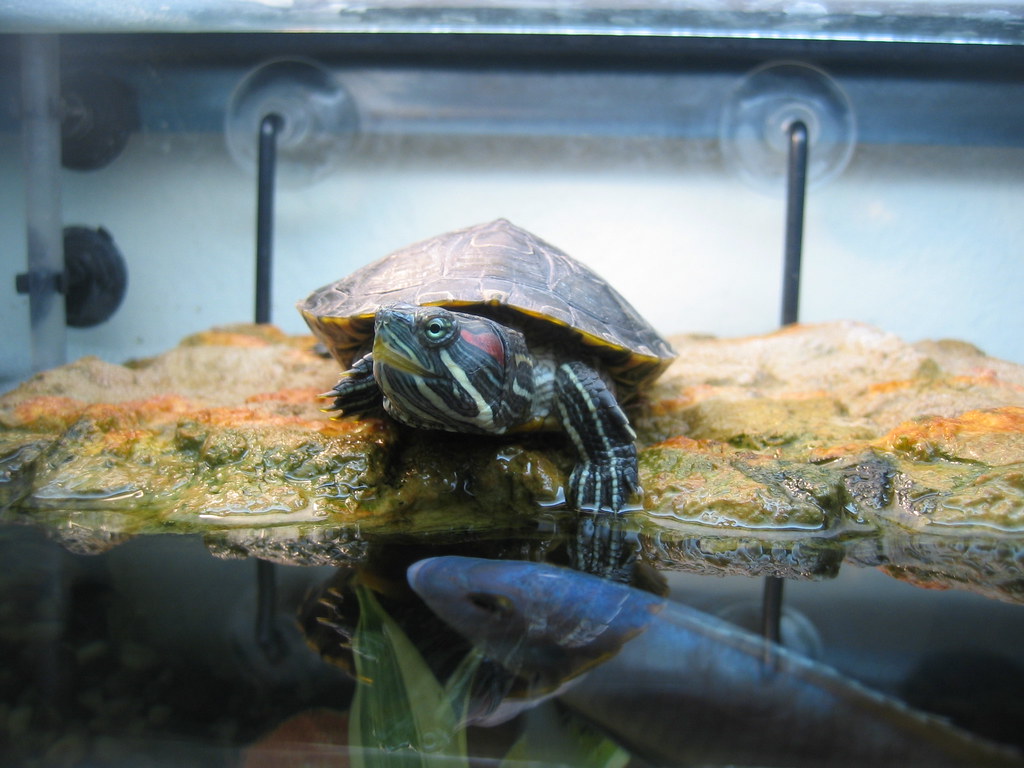
The setup of your turtle’s habitat plays a significant role in determining basking frequency and duration. Insufficient water temperature often leads to increased basking as turtles try to compensate for the chilly aquatic environment. Conversely, if the basking area isn’t warm enough or lacks proper UVB lighting, turtles may bask for extended periods trying to achieve the warmth and UV exposure they need. Inadequate basking platforms that don’t allow turtles to completely exit the water or don’t provide enough space for comfortable posture can also affect basking patterns.
Environmental stressors like poor water quality, excessive noise, or frequent disturbances near the habitat might drive a turtle to spend more time basking as an avoidance behavior. Creating a proper thermal gradient in your turtle’s habitat—with appropriate temperature differentials between water and basking areas—is essential for encouraging natural behavior patterns.
When Excessive Basking May Signal Illness
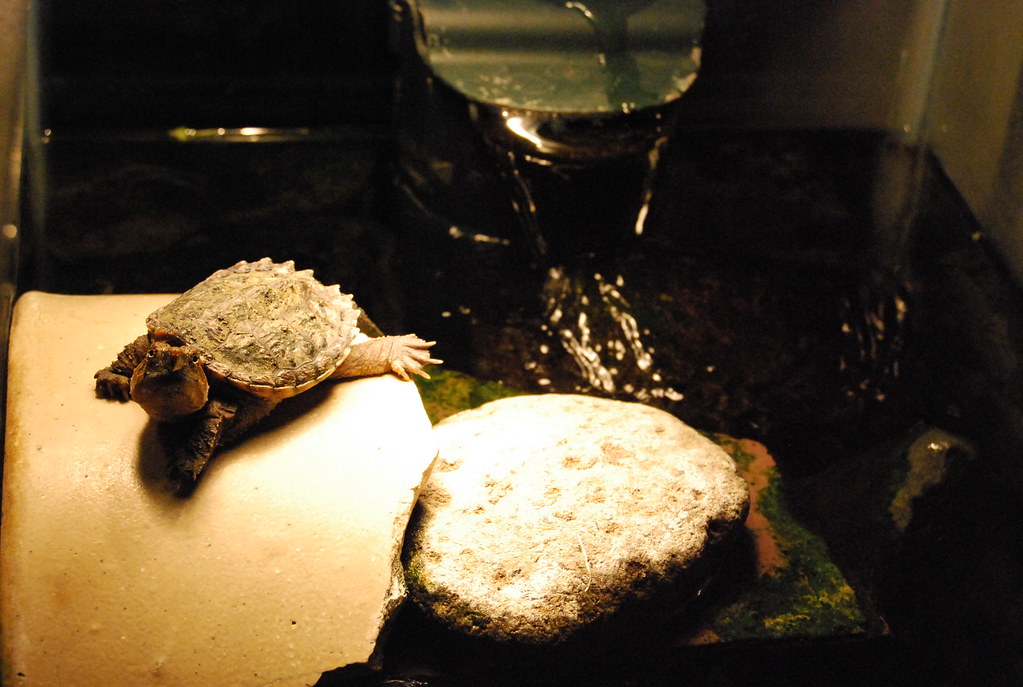
While basking is normal and necessary, excessive basking that represents a significant change from your turtle’s usual pattern can be a warning sign of health problems. Respiratory infections, common in turtles kept in damp, cool conditions, often cause increased basking as the turtle attempts to raise its body temperature to fight the infection. Signs that respiratory illness might be the cause include open-mouth breathing, bubbling from the nose or mouth, wheezing sounds, or lethargy even while basking.
Shell infections might also increase basking behavior as the turtle instinctively tries to dry out affected areas. Parasitic infections can trigger increased basking as the turtle’s body attempts to create a less hospitable environment for the parasites through elevated temperatures. If your turtle’s basking habits have changed dramatically and are accompanied by other symptoms like reduced appetite, weight loss, or unusual fecal matter, a veterinary examination is warranted.
Water Quality and Basking Relationship
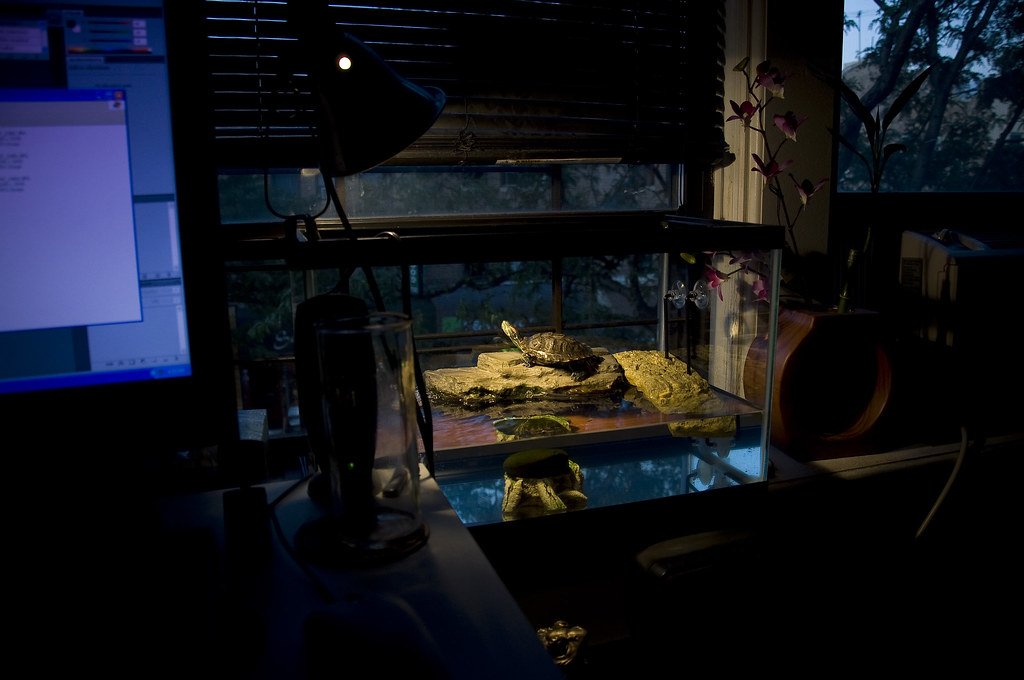
Poor water conditions are one of the most common reasons turtles may spend excessive time on their basking platforms. Turtles are sensitive to water quality and will often avoid swimming in water that is dirty, improperly filtered, or contains harmful chemical imbalances. High ammonia or nitrite levels from inadequate filtration or infrequent water changes can irritate a turtle’s skin and eyes, driving them to spend more time basking to escape the uncomfortable conditions.
Similarly, water that’s too acidic or alkaline can cause skin irritation that makes aquatic time less appealing. Checking water parameters regularly with appropriate test kits, maintaining powerful filtration (generally rated for 2-3 times your tank volume), and performing regular partial water changes are essential maintenance tasks that can help ensure your turtle divides its time appropriately between water and basking activities.
Temperature Imbalances and Overcompensation
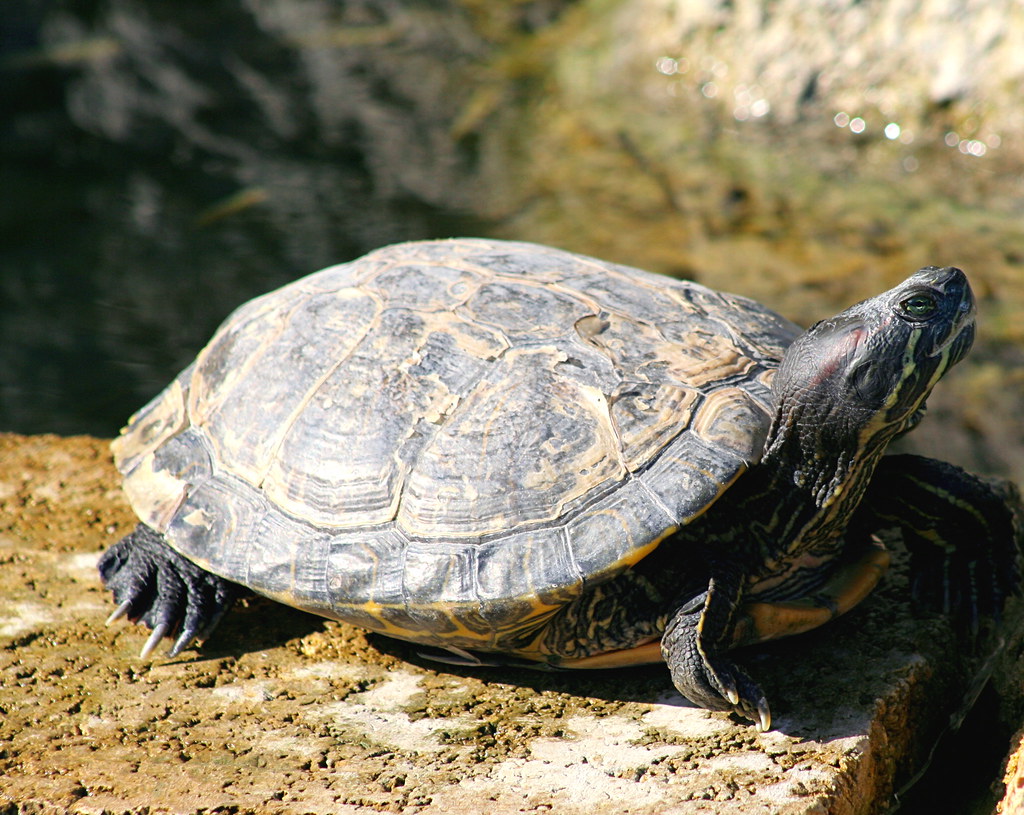
Turtles may appear to bask excessively when they’re actually compensating for temperature imbalances in their habitat. If the water in your turtle’s tank is too cold (below the recommended temperature for your specific species), the turtle might spend excessive time basking to warm up, only returning to the water when absolutely necessary for hydration or feeding. Conversely, if the basking area doesn’t reach adequate temperatures (typically 85-95°F depending on species), turtles may bask for extended periods in an unsuccessful attempt to reach their preferred body temperature.
Using accurate thermometers in both the water and basking areas is crucial for monitoring and maintaining appropriate temperature gradients. Seasonal adjustments may be necessary, especially in habitats affected by ambient room temperature fluctuations throughout the year. Providing the correct thermal environment allows turtles to self-regulate their body temperature efficiently rather than spending excessive time in one area.
Stress-Related Extended Basking
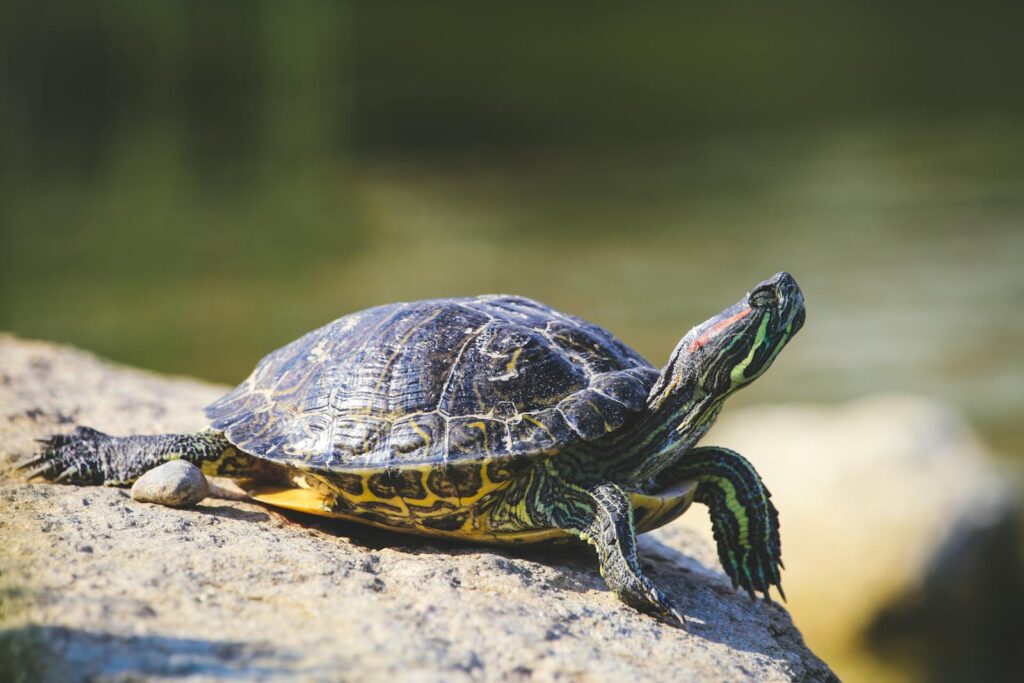
Behavioral changes, including altered basking patterns, can result from various stressors in a turtle’s environment. Introducing new tankmates, moving the habitat to a high-traffic area, or making significant changes to the enclosure setup can trigger stress responses in these sensitive reptiles. A stressed turtle might retreat to its basking area as a security measure, particularly if it feels threatened in the water by aggressive tankmates or insufficient hiding spots.
Overcrowding is a significant stress factor that can dramatically alter normal basking patterns as turtles compete for resources and territory. Visual stressors like seeing their reflection in tank glass or being housed where predatory pets like cats can watch them might also increase basking time as the turtle seeks perceived safety. Minimizing stress by providing appropriate space, compatible tankmates (if any), and a quiet location for the habitat can help restore normal behavioral patterns.
Basking Behavior During Breeding Season

Seasonal hormonal changes can significantly influence basking patterns, particularly during breeding season. Female turtles often increase their basking time when they’re gravid (carrying eggs), as the additional heat helps with egg development. A female preparing to lay eggs may show restlessness between extended basking sessions, examining the habitat for potential nesting sites. Male turtles sometimes display altered basking patterns during breeding season as well, potentially spending more time in the water searching for mates or establishing territory.
If you have multiple turtles in one habitat, you might notice dominance behaviors around prime basking spots during breeding season, with more aggressive individuals claiming the optimal positions. These seasonal variations in basking behavior are typically normal and temporary, but it’s important to ensure all turtles still have access to basking opportunities, possibly by providing multiple basking areas.
Creating the Ideal Basking Setup

Providing an optimal basking environment can prevent many problems associated with abnormal basking behaviors. The ideal basking platform should be large enough for your turtle to completely exit the water and fully extend its limbs, with a gradual ramp for easy access from the water. Position heat and UVB lamps at appropriate distances above the basking area according to manufacturer recommendations—typically 10-12 inches for most common setups.
The basking surface temperature should reach species-appropriate levels (generally 85-95°F for most common pet turtles), which can be accurately measured using an infrared thermometer. UVB bulbs should be replaced according to manufacturer guidelines (usually every 6-12 months) even if they still produce visible light, as their UV output diminishes over time. Creating diverse basking options at slightly different heights and temperatures allows turtles to thermoregulate more precisely, choosing exactly how much heat they need at any given time.
When to Consult a Reptile Veterinarian
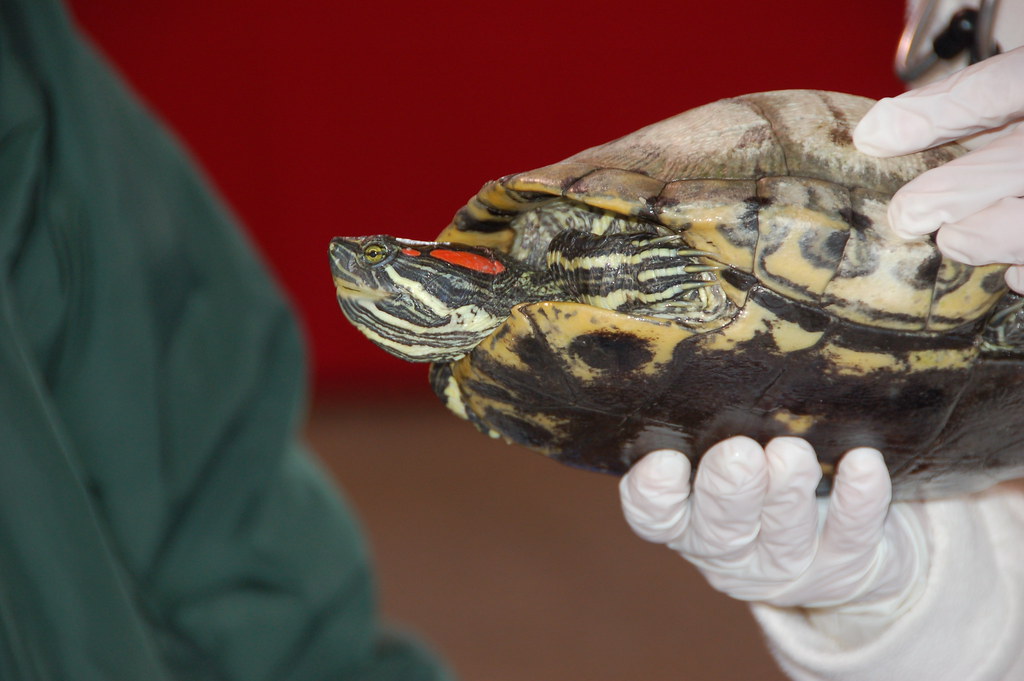
While variations in basking behavior are often normal, certain situations warrant professional veterinary attention. Consult a reptile-experienced veterinarian if your turtle shows dramatically increased basking accompanied by visible symptoms like shell discoloration, soft spots on the shell, swollen eyes, nasal discharge, or difficulty swimming. Substantial weight loss, despite a normal appetite, combined with increased basking could indicate parasitic infection or metabolic issues requiring medical intervention.
Complete refusal to enter the water is particularly concerning and might signal serious health problems that need immediate attention. Extended basking that persists despite corrections to habitat temperature, water quality, and stress factors should also prompt a veterinary examination. Many turtle health issues are treatable when caught early, but can become life-threatening if allowed to progress without proper medical care.
Monitoring and Record-Keeping Best Practices

Developing a system to track your turtle’s basking patterns can help you identify concerning changes early. Keep a simple log noting approximately how much time your turtle spends basking versus swimming each day, along with any environmental changes like water changes, temperature fluctuations, or habitat modifications. Regular weight checks (monthly for adults, more frequently for growing juveniles) can help correlate any weight changes with alterations in basking behavior. Photos documenting shell condition over time can be invaluable for spotting gradual changes that might otherwise go unnoticed.
Monitoring food consumption alongside basking patterns can reveal important connections—increased basking with decreased appetite often suggests illness, while increased basking with normal appetite might simply indicate a need for more warmth. This personalized baseline information about your specific turtle’s normal patterns makes it much easier to identify when something is truly amiss.
Understanding your turtle’s basking behavior is one of the most important aspects of responsible reptile care. While basking is essential for temperature regulation, UV exposure, shell health, and proper digestion, changes in basking patterns can provide early warning signs of potential problems. By creating an optimal habitat with appropriate temperature gradients, quality lighting, clean water, and minimal stressors, you can help ensure your turtle maintains healthy, normal basking habits. Remember that each turtle is an individual with unique preferences and patterns—getting to know what’s normal for your specific pet allows you to better recognize when something might be wrong. With proper attention to your turtle’s environment and behavior, you can enjoy watching this fascinating natural behavior while maintaining your reptilian companion’s health for years to come.


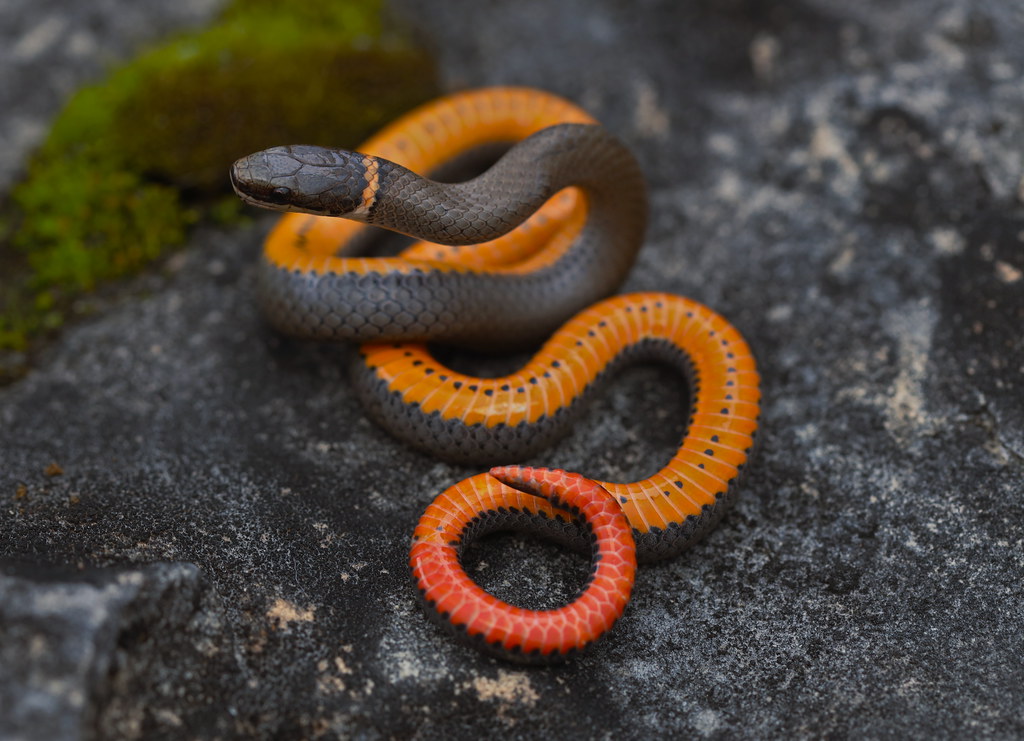
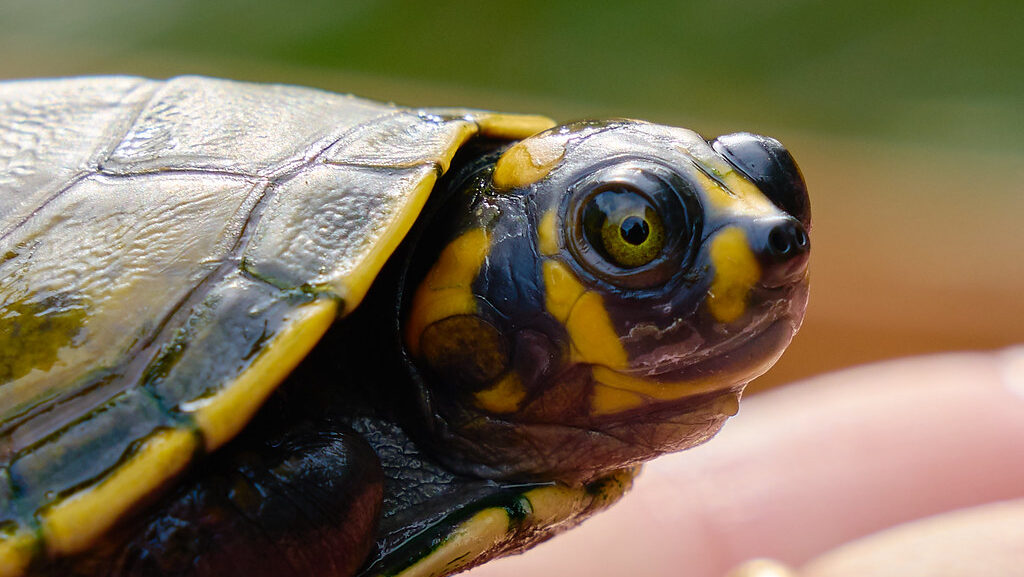
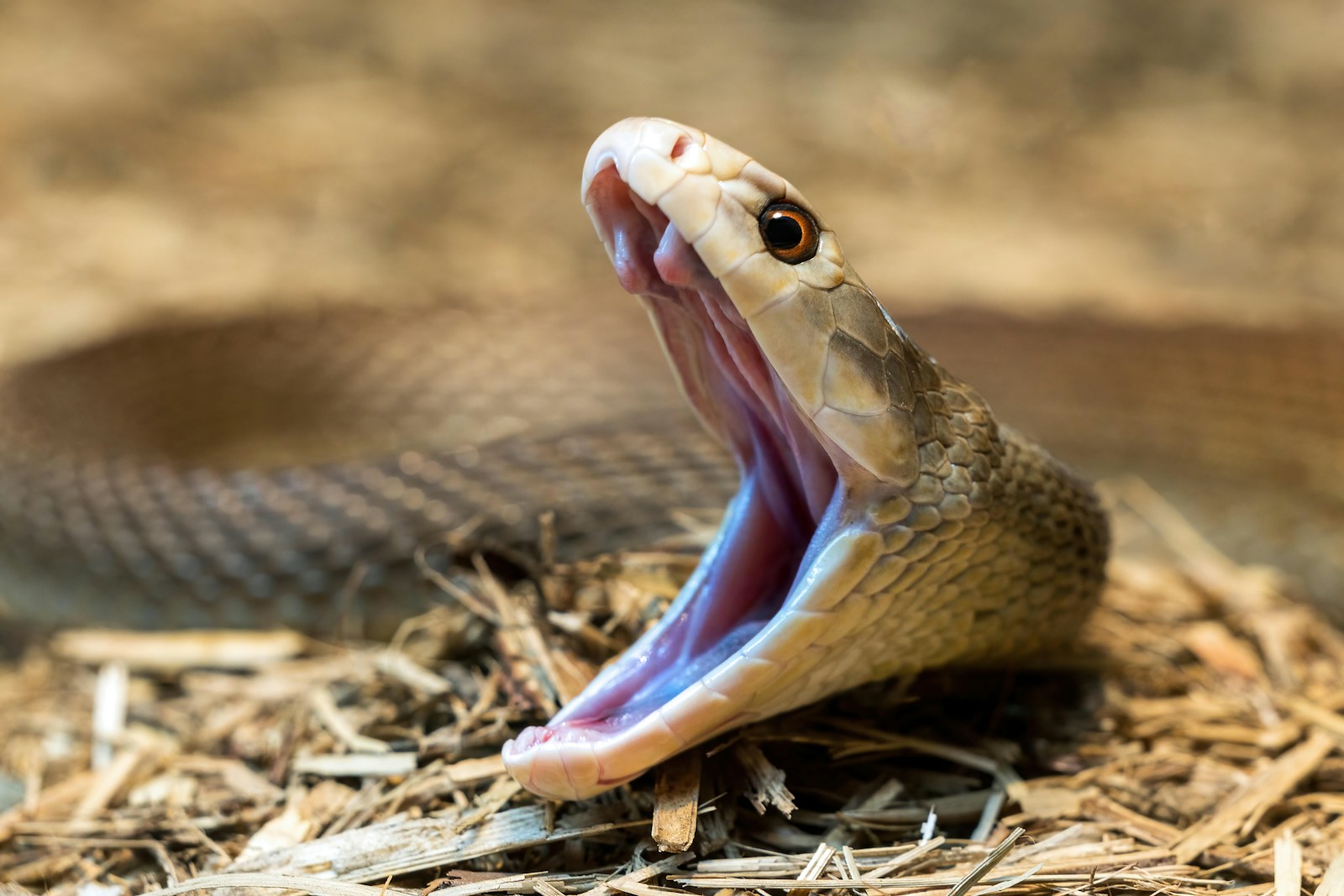
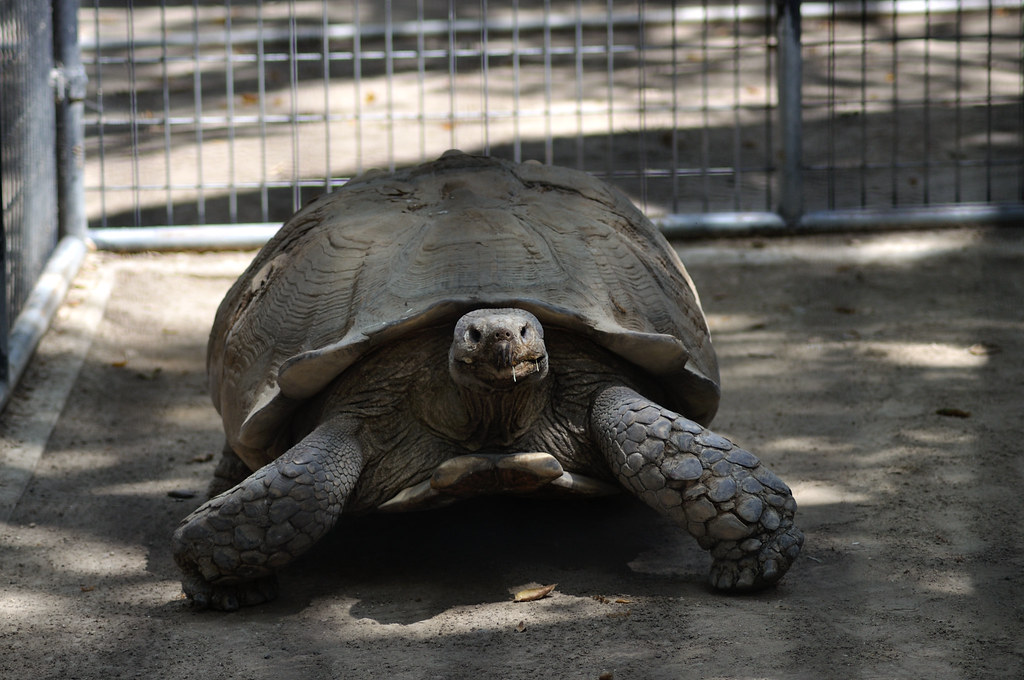
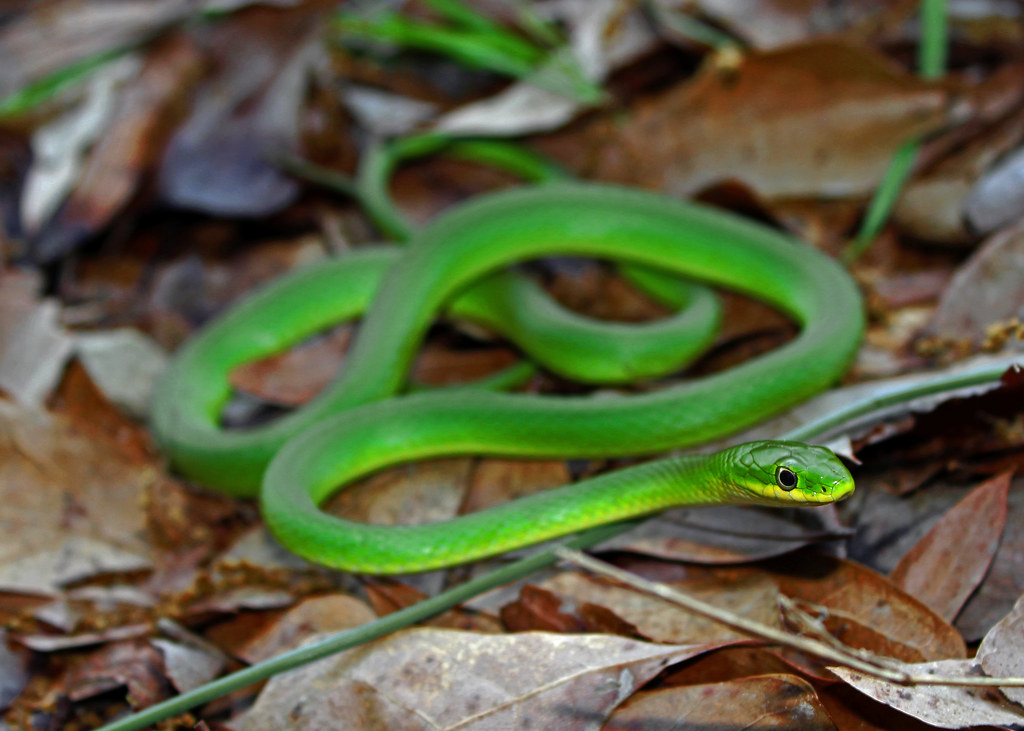
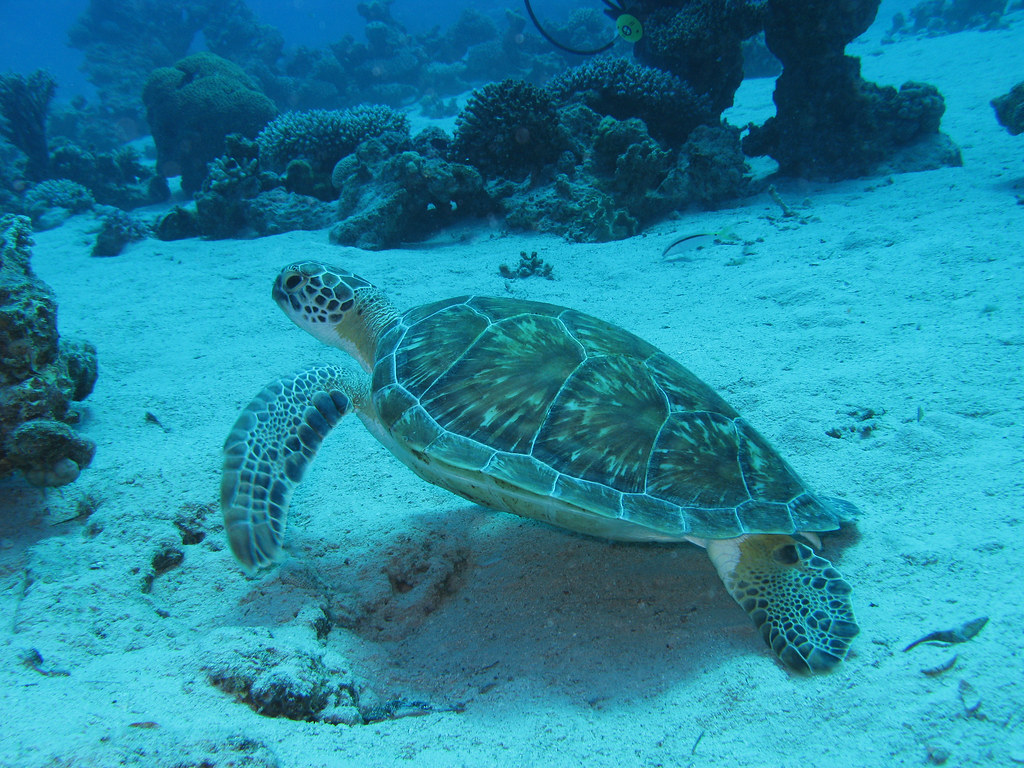

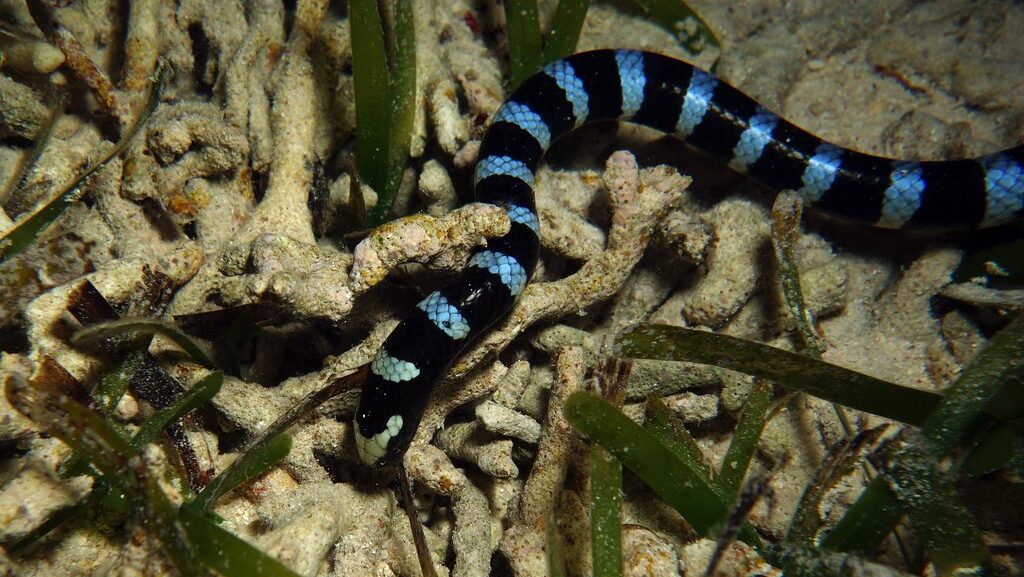
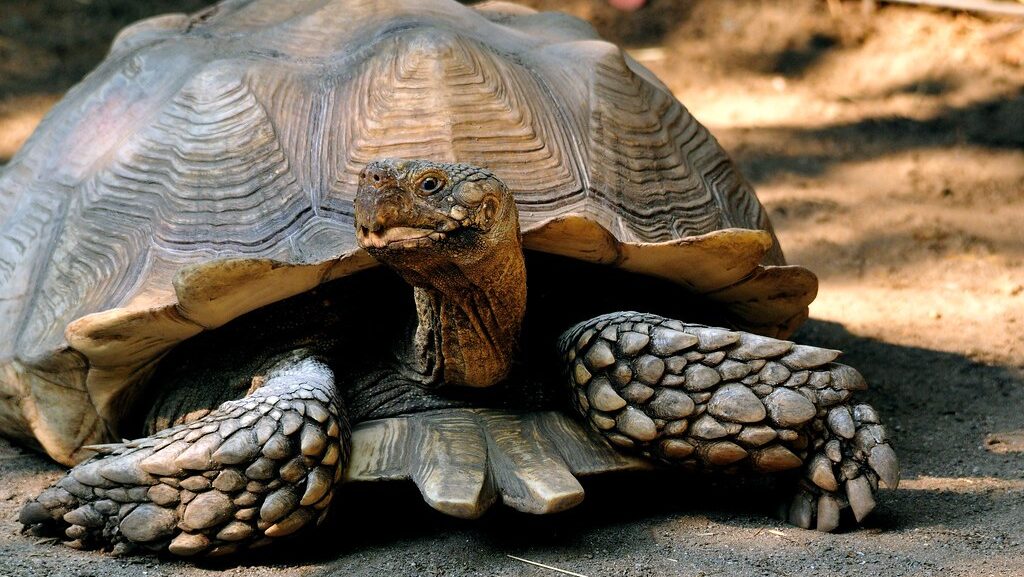



Leave a Reply